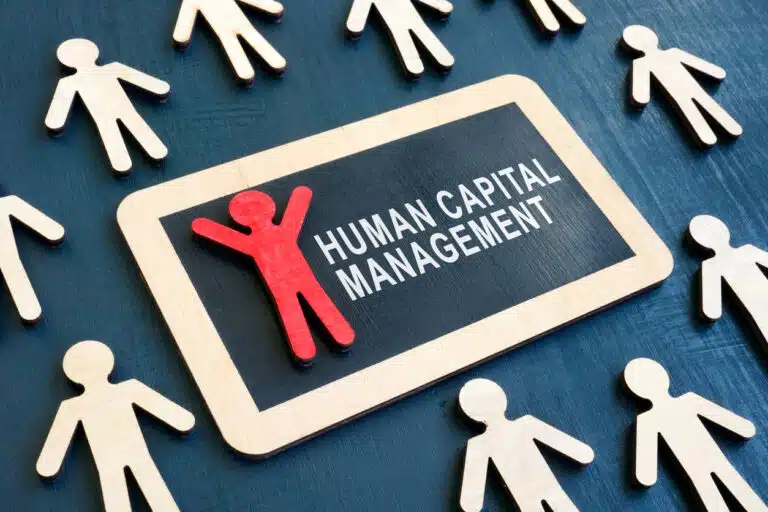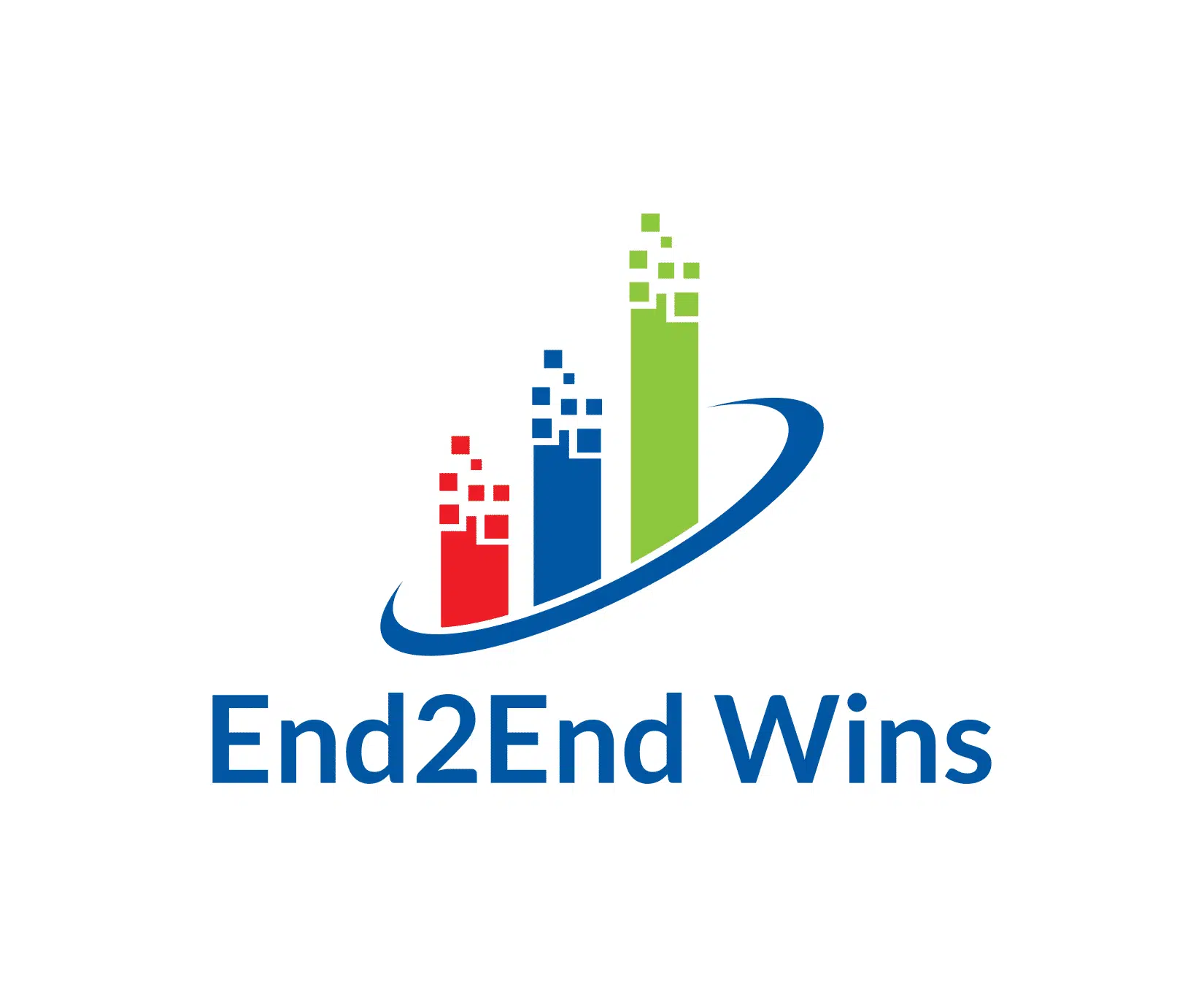"Blue Mooning" and "Ghosting"
There potentially is an emerging and concerning trend in the world of work. For simplicity and ease of reference, I will use the term “Blue Mooning” as I elaborate further and share some proactive solutions to minimize the risk of occurrence in your company. The term Blue Moon describes the occurrence of a second full moon in a calendar month. The historically infrequent nature of such an event is where we get the idiom “once in a blue moon.” So, what is the connection between a blue moon and an emerging trend in the workplace?

Companies of all sizes are all too familiar with the experience of being “ghosted” during the hiring process. Ghosting most frequently occurs during the interviewing phase. The job candidate is a “no-show” for a scheduled job interview with no advance communication to the employer. Ghosting of job interviews has occurred for many years, and there has been an increased frequency as the job market has become more competitive.
The second most common occurrence of ghosting occurs on the job candidate’s scheduled start date. Despite accepting the formal job offer, the prospective employee is an unexpected “no show” on day one with zero communication to the employer. In both phases, particularly the second one, the job candidate most often finds a better job elsewhere or receives a better offer. HR departments bear most of the brunt in dealing with the pain and costs of ghosting in these first two scenarios. For example, HR employees frequently adjust their schedules “on the fly” to accommodate a hiring manager or a job candidate, especially when there is an urgent need to fill the position or when the candidate is in high demand. Imagine the costs and frustration when the candidate is a “no show” for the interview or day one. Let’s look further at how “Blue Mooning” introduces greater costs and frustration to the mix.
Has your company been "Blue-Mooned?"

“Blue Mooning” is similar to ghosting, but the occurrence and the timing are more of a surprise and bewildering. I use the term as an idiom to describe the phenomenon where an employee quits a new job within a month of being hired, but was in the job long enough to establish some semblance of regular attendance.
The instances of employees departing so quickly appears to be rising, as the topic is coming up more often in conversations with executives. Perhaps this “Blue Mooning” scenario sounds hauntingly familiar to your company. The employee accepts the job offer, shows up on day one, and works through the first pay period, typically two weeks. In some cases, the employee works through two pay periods, approximately one month. The second repeated occurrence, be it the end of two weeks or two pay periods, establishes a pattern that the company presumes will continue going forward. Therefore, the company is somewhat bewildered when the employee doesn’t come to work for a third week (or third pay period). I liken the two occurrences to the appearance of two full moons in a month. Hence, the term “Blue Mooning.”
I also distinguish “Blue Mooning” from “ghosting” because the company’s increased investment into the “active” employee. HR wraps up the initial onboarding procedures, job-specific training often begins, and the other team members are glad to have the extra help in place. Stakeholders consider the role filled and check it off the “to do” list, moving on to the next task. The employee acclimates to the new work environment and the related day-to-day activities begin to settle into a new normal.
When a company is “Blue-Mooned” by a new hire, the pain and costs arguably are greater and further-reaching than the ghosting occurrences mentioned earlier in this post. Additional individuals, including the hiring manager, other team members, and critical stakeholders invested their time into the new employee. Their investments are for naught, as they find themselves going back to the drawing board to fill the role. Those directly impacted incur a new level of frustration and bewilderment from being “blue-mooned.”
I recall my days in corporate America when we dealt with other enigmatic events in the business environment. Someone always would jokingly ask the question, “Is there a full moon tonight?” When a new hire quits at the end of the second week or second pay period, the answer to that question is “yes, there is a blue moon.”
The emergence of "Blue Mooning"

Many companies have long struggled to various degrees in getting employees through the first 90 days. In some cases, the employer exits the employee, and in other cases, the employee decidedly leaves the employer. “Blue Mooning” accelerates the dynamic to a new level. Companies may still take a 90-day “probationary period” to evaluate new hires, but many employees no longer need that much time to figure out if they want to stay.
It has long been common for employees to wonder as early as the first few weeks if they made the right decision to come on board. Changing employers or careers is a big life decision, so it is only natural for employees to second-guess their decision, especially when the reality of the job starts to diverge from their original expectations. Historically, many employees debating on whether to stay or leave would choose to just “stick in out” in hopes that things would get better. Times are different now.
Like everything else in a post-pandemic world, the “stay or go” decision point has accelerated forward. Those in career transition have a new perspective and a more precise idea of the work they want to do. Similarly, the hot job market often presents multiple offers (over time) and a unique “safety net” as individuals feel they can easily land something elsewhere. Thus, individuals increasingly are deciding not to wait around and “stick it out.” From the new employee’s perspective, the first two weeks or two pay periods (one month) are sufficient enough time to determine if the new work environment will provide the personal and professional fulfillment they so desire. The safety net of a hot job market eliminates the need to stick it out longer and provides the security to look elsewhere.
Steps you can take to de-risk your company's chance of being "blue-mooned"

Why do new-hires “blue-moon” a company? For the most part, the reasons are often identical to why attrition occurs in the first place. Employees leave a job due to one of the four forces of disengagement. Taking proactive measures to address these four forces can help minimize your company’s risk of being blue-mooned. What are the four forces of disengagement? The Predictive Index describes them as (1) job fit, (2) manager impact, (3) team dynamics, and (4) organization culture.
Job Fit (Misalignment between natural tendencies and key job responsibilities)
Job fit is the most crucial element in Human Capital Management (HCM). The disengagement forces are at play when someone is a poor fit for the job. One way to avoid poor job fit when hiring or promoting someone is to understand the person’s personality and behavioral preferences and whether there is alignment between the person and job role. You may also need to evaluate the candidates’ cognitive abilities against the complexity of the duties and work environment for some positions.
In the recently published 2022 State of Talent Optimization Report, researchers found that companies with the right people in the right roles have 42% lower turnover! Having the right people in the right positions yields a massive payback for the company in the form of increased productivity and employee engagement. Both of these directly impact the bottom line. Of course, the employees benefit too. Landing in the right role gives the employee great personal and professional fulfillment. It also helps them find purpose and better connect them to how their work ties to the company’s broader mission.
When you hire the right person for the right job, you’ll find they have higher performance, higher job satisfaction, stay longer, and are generally more engaged. On a related note, due to the rapidly changing work environment, jobs often take on new roles and responsibilities. If the role changes too much, it could be a stretch for the behavioral characteristics of the employee. To avoid this type of disengagement, managers must be in tune with how jobs change and coach employees on how best to utilize their strengths to meet the new needs of the job. Regardless of how critical it is to understand and get job fit right, it’s amazing how many managers fail to do so. Speaking of managers, let’s look at their impact on attrition and “Blue Mooning.”
Manager Impact (Misalignment between the manager and staff)
As the saying goes, people don’t leave companies; they leave managers. While not always true, it’s true most of the time. If a manager does not focus on inspiring employees to be their best, they are not leading their team. Managers need to adapt their management style to each employee’s needs, drives, and behavioral preferences to get maximum impact, engagement, and productivity from each employee. To do this successfully, managers must understand their employees’ needs and drives and then tap into them appropriately.
As HCM professionals and business leaders, it’s our job to coach managers to be self-aware and understand their behaviors and how they impact team members and peers. Then, it’s equally as important, if not more, for a manager to understand the needs of their employees and manage them accordingly.
Team Dynamics (Misalignment that causes the employee to feel they are unlike or part of the team)
Feelings of not belonging to a team can cause friction and lead to isolation and disengagement. Think about someone with low extraversion in a sea of social butterflies or a detail-oriented person surrounded by a team of big-picture people with minimal attention to detail. When these behavioral differences exist, it can be challenging to find common ground, form relationships, and find the right way to work together. Both the team and the “outlier” must have a shared awareness of their behavioral differences and learn how the differences can be used as an advantage to take the team forward versus something that divides them. Giving the team a common language can also help provide a “safe space” for working through those differences.
Organization culture (Misalignment between what the culture expects and who they are)
Everyone dreams about a perfectly aligned culture – one where the decisions, actions, and behaviors that people take at all levels in an organization are rewarded and valued by the leadership and the overall culture. Does this Utopian company exist? There is no such thing as a “perfectly aligned” culture. That said, a significant disengagement force is at play when people work in a culture that expects them to be a lot different than who they are. When they feel this burden, it’s a recipe for feeling like a disconnected misfit and ultimately provides reason to leave.
The goal is to find solutions and set things up correctly so that people are engaged and do amazing work rather than just feeling like a square peg in a round hole all the time. When you think about your company, many employees are likely a great fit and moving in the right direction. But the reality is that there are also likely to be large pockets of employees who don’t necessarily operate and behave according to cultural expectations.
Often, entire functions in a company are required to operate in their own way to be successful in their primary roles. Think about an accounting department in a company with a sales culture or a creative team in a manufacturing environment. Employees working within these functions will likely feel the strong force of the culture, and even though they wish they could be more aligned, it just isn’t who they are. To prevent this, leaders and managers need to identify these “pockets” and focus on the individual side of employee engagement.
Summary
I trust you found this information to be helpful. From my vantage point, “Blue Mooning” is an emerging trend. I hear it more often in conversations with executives, who are looking to develop a talent strategy, improve employee retention, increase employee engagement, or grow their business. Fortunately, there are practical solutions we together can put in place to minimize the risk and frequency of your company being blue-mooned. As a certified partner of The Predictive Index (PI), we can leverage the discipline of talent optimization to help your company address all four forces of disengagement.
I help companies improve employee retention, develop their leaders, increase employee engagement, and foster better teamwork for optimal results. Please feel free to reach out to me via LinkedIn or visit https://end2endwins.com if you would like to learn more about my services and workshops.

